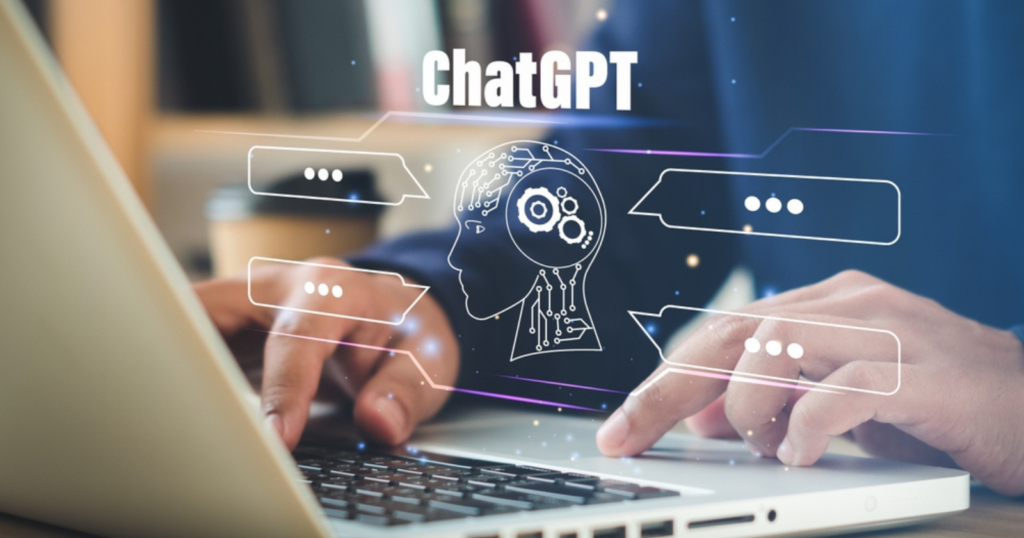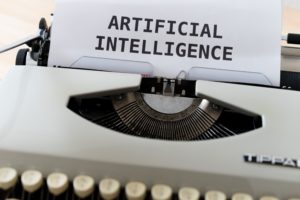ChatGPT, developed by OpenAI, is an AI language model that has gained significant attention and popularity for its ability to perform a wide range of tasks, including language translation, content generation, and answering questions. However, despite its impressive capabilities, ChatGPT is not without its limitations and drawbacks as it is basically.
This article will explore the reasons why some critics refer to ChatGPT or any AI tool as “Garbage In, Garbage Out,” highlighting its shortcomings and challenges. Without further ado, let’s dive right in;
Related: Open Assistant AI: An Alternative Open Source Version to ChatGPT
Why ChatGPT Is Garbage In, Garbage Out?
According to Tech Target, Garbage in, Garbage out, or GIGO, refers to the idea that in any system, the quality of output is determined by the quality of the input. For example, if a mathematical equation is improperly stated, the answer is unlikely to be correct.
While ChatGPT showcases impressive language generation capabilities, it is not immune to limitations and challenges. In some cases, companies and some countries have even banned the use of ChatGPT due to risks posed by inaccurate output. Here are the reasons;
1. Lack of Common Sense
One of the primary limitations of ChatGPT is its lack of common sense. While the model can generate human-like responses and access vast amounts of information, it does not possess human-level common sense or background knowledge. This means that ChatGPT may provide nonsensical or inaccurate responses to certain questions or situations, leading to a garbage output.
2. Inability to Handle Complex Contexts
ChatGPT struggles with understanding complex contexts. It may have difficulty grasping nuanced information or properly interpreting the context of a conversation. Consequently, when faced with complex queries or ambiguous input, ChatGPT may produce inadequate or irrelevant responses, contributing to the garbage output perception.
Related: Top 5 Sites to Find New AI Apps and ChatGPT Tools
3. Generation of False or Misleading Information
ChatGPT is prone to generating false or misleading information. The model’s ability to generate human-like text can sometimes result in the creation of inaccurate or nonsensical statements. This issue, referred to as AI hallucination, can lead to misleading outputs that do not align with factual reality.

4. Bias in Training Data
Like many AI models, ChatGPT may reproduce biases present in its training data. If the training data contains biased information or reflects societal biases, ChatGPT may inadvertently generate biased responses. This can perpetuate societal biases or produce content that is inappropriate or harmful.
5. Lack of Contextual Understanding
ChatGPT sometimes struggles with contextual understanding, resulting in responses that lack proper context or fail to consider the broader conversation. This limitation can lead to nonsensical or irrelevant outputs that do not align with the user’s expectations or intentions, contributing to the garbage output perception.
Related: What is Auto-GPT AI: Getting Started and How it Differs from ChatGPT

6. Security and Privacy Risks
Using ChatGPT involves potential security and privacy risks. As the model collects data on its usage, including the information entered as prompts, concerns regarding the privacy and security of sensitive information may arise. Users must be cautious when providing sensitive or confidential information to ChatGPT.
7. Limitations in Handling Idioms and Complex Phrases
ChatGPT may struggle with understanding idioms and complex phrases, which can result in responses that sound unnatural or lack the figurative meaning associated with idiomatic expressions. This limitation can make the generated content detectable as non-human, potentially undermining its effectiveness in certain applications.
Conclusion
It is crucial to be aware of these limitations when using ChatGPT and exercise caution when relying on its outputs. As AI technology continues to evolve, addressing these limitations will be vital to further enhance the accuracy and reliability of AI language models. Do let us know in the comment section if you have found this helpful and insightful.
Discover more from Dignited
Subscribe to get the latest posts sent to your email.












